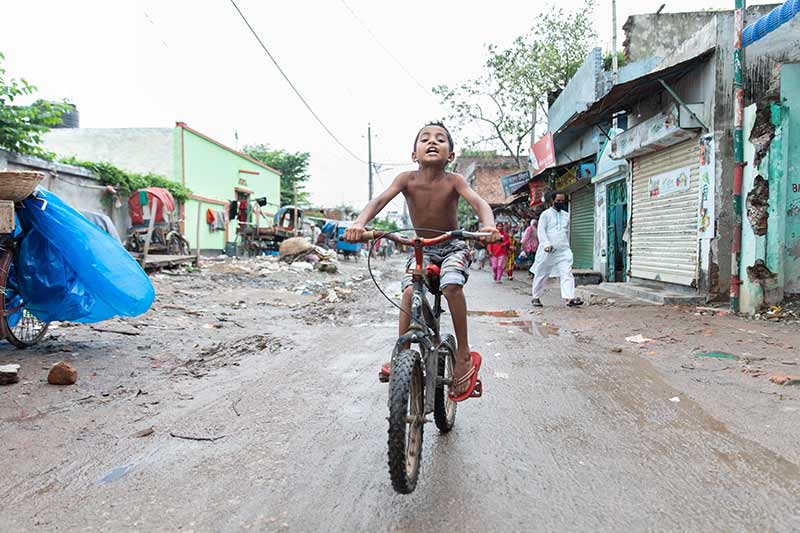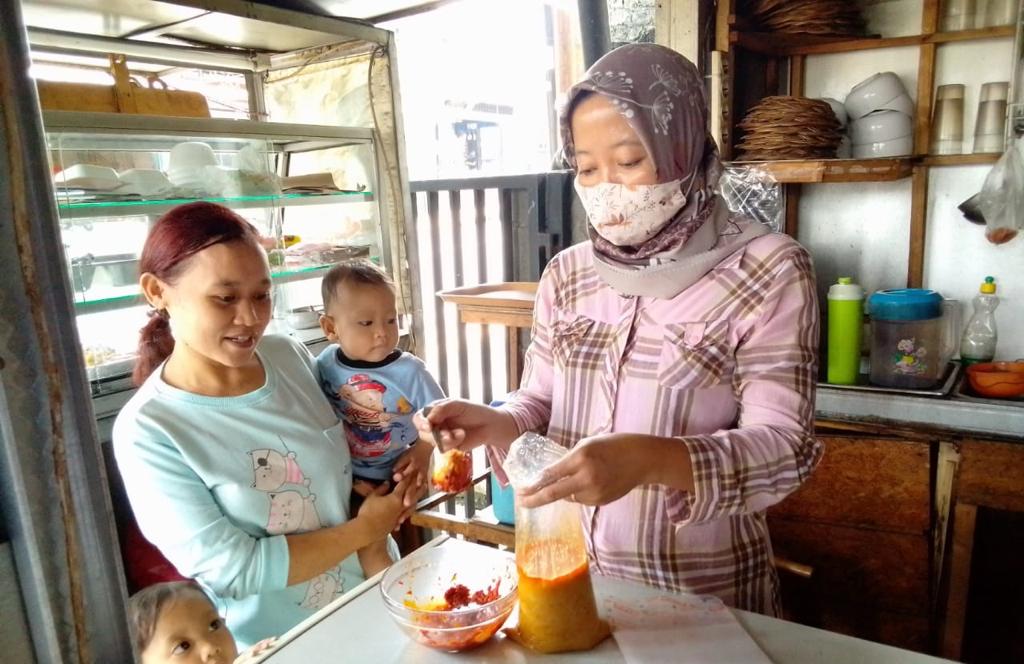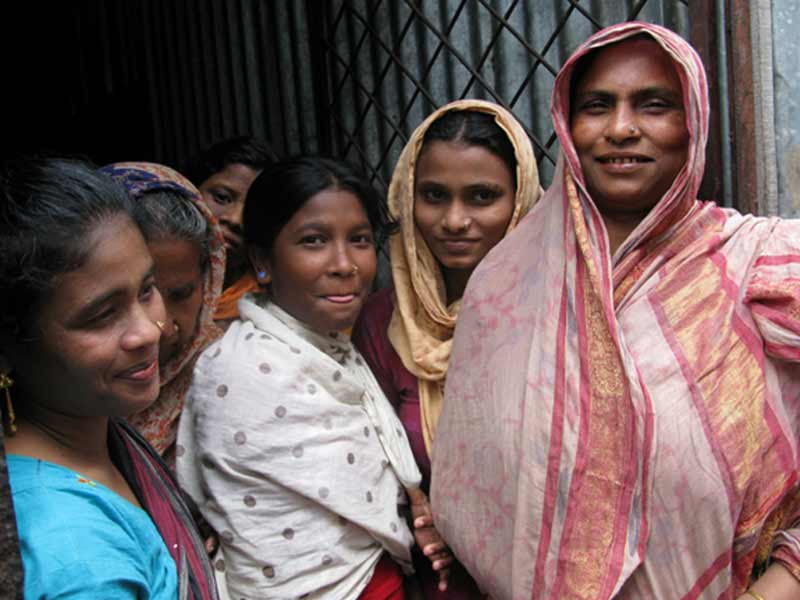
Today, 150 million more women than men are food insecure globally, and the gap is expanding. In fact, it has more than doubled since 2019, and right now, women have less food security than men in every region of the world.
This is directly tied to inequality. Indeed, gender inequality and food insecurity are “mutually reinforcing,” and neither can be addressed without consideration of the other.
So why are they not addressed as such? Why is the gender gap in food insecurity getting wider, as malnutrition grows all around the world?
The answer is data.
Data is lacking on gender inequality and food insecurity
Simply put, effective data which ties together gender inequality and food insecurity is severely lacking.
At once, much of the world’s data on gender inequality ignores its connection to food insecurity, while at the same time, most data on food security ignores gender equality as a factor. When data does exist tying the two together, it most often focuses on a small number of countries or data from only one point in time, providing limited scope.
Consequently, the connection between gender equality and food security is treated as a niche field “that does not merit a place in the global numbers, and therefore in the global conversation.”
How data can tie together food security and gender equality
To begin to tie together gender equality and food security, first, women’s food security must be tangibly connected to economic access and participation.
This means measuring women’s participation in household and community decision making, control of resources, as well as their access to education and financial services. Each of these things is directly related to both food security and gender equality, and should be connected accordingly.
Already, smaller scale studies have shown how these things can be tied together. One such study showed that an increase in female-controlled crops corresponded with an increase in household food consumption, while another showed that households where women were employed were less likely to be food insecure, and still another found that when women supported household income, household malnutrition was cut nearly in half.
Going further, it is critical that not only sex disaggregated data is collected, but sex specific data as well.
This means both that data is collected separately for men and women on nutrition and equality indicators, as well as that data is collected related to the specific experiences of women, such as on reproductive health or exposure to violence. Sex specific data is critical to understanding the unique gender-specific challenges faced by women and girls.
Why data must tie together food security and gender equality
Moving forward, it is critical that women are given space in data collection and analysis, and that issues of food insecurity and gender inequality are tangibly tied together rather than existing independently in silos.
Without this, well, the results are evident – neither problem can be effectively addressed, and global food insecurity continues to rise while women fall further behind in every region on earth.



